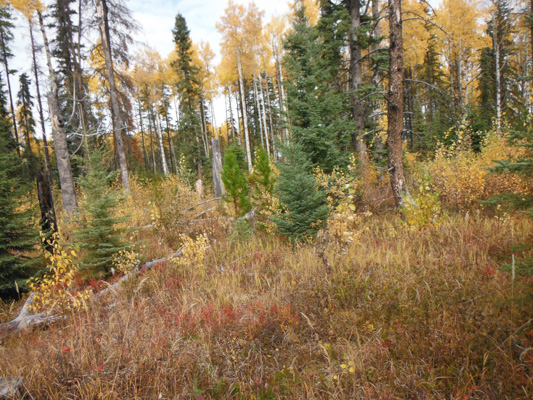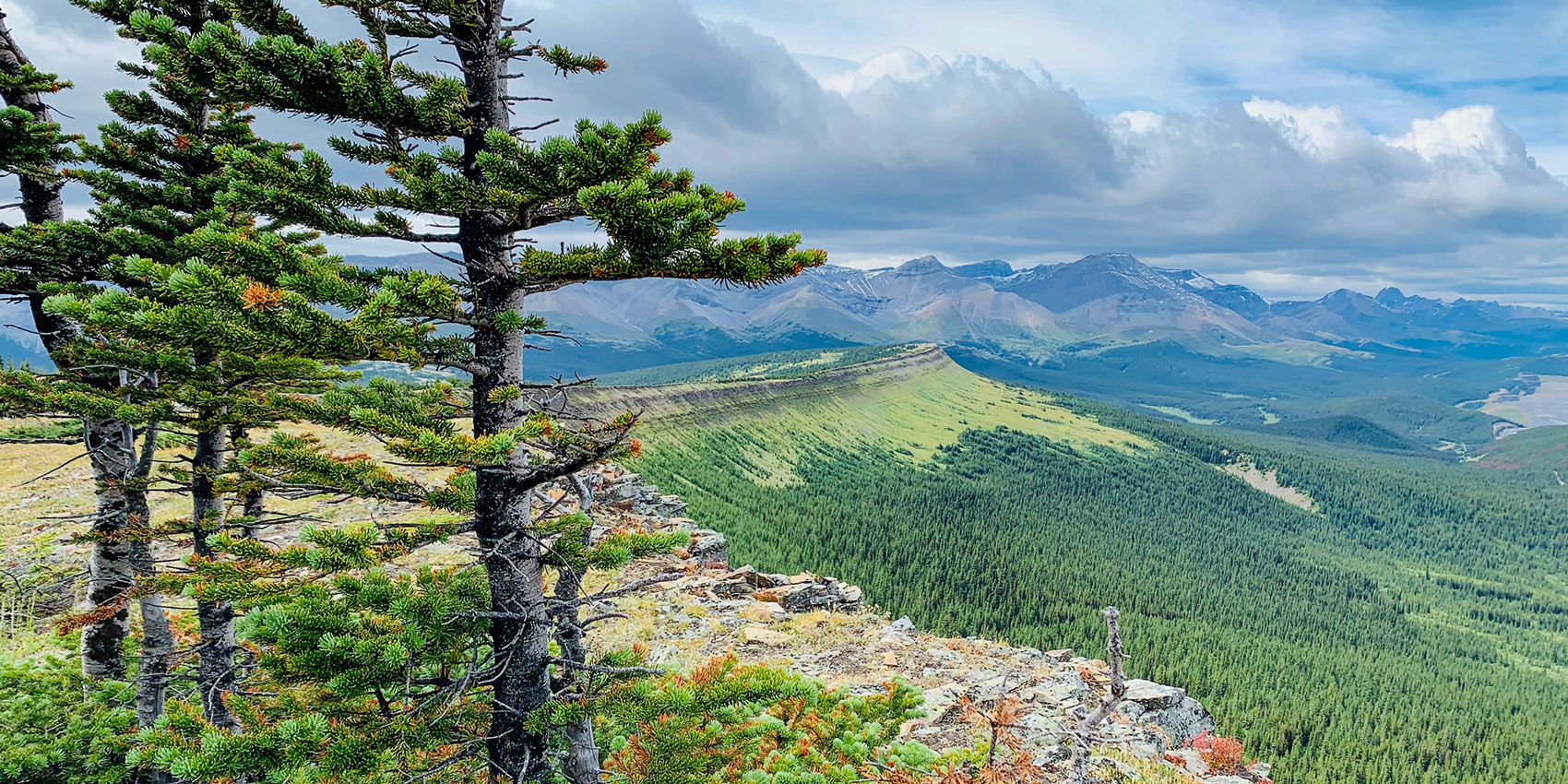
Article published in Journal of Applied Remote Sensing. Citation and abstract only.
Abstract
An increasing number of studies have demonstrated the impact of landscape disturbance on ecosystems. Satellite remote sensing can be used for mapping disturbances, and fusion techniques of sensors with complimentary characteristics can help to improve the spatial and temporal resolution of satellite-based mapping techniques. Classification of different disturbance types from satellite observations is difficult, yet important, especially in an ecological context as different disturbance types might have different impacts on vegetation recovery, wildlife habitats, and food resources. We demonstrate a possible approach for classifying common disturbance types by means of their spatial characteristics. First, landscape level change is characterized on a near biweekly basis through application of a data fusion model (spatial temporal adaptive algorithm for mapping reflectance change) and a number of spatial and temporal characteristics of the predicted disturbance patches are inferred. A regression tree approach is then used to classify disturbance events. Our results show that spatial and temporal disturbance characteristics can be used to classify disturbance events with an overall accuracy of 86% of the disturbed area observed. The date of disturbance was identified as the most powerful predictor of the disturbance type, together with the patch core area, patch size, and contiguity.
Citation
Hilker, T., Coops, N. C., Gaulton, R., Wulder, M. A., Cranston, J., & Stenhouse, G. B. (2011). Biweekly disturbance capture and attribution: case study in western Alberta grizzly bear habitat. Journal of Applied Remote Sensing, 5(1), 053568. doi:10.1117/1.3664342







